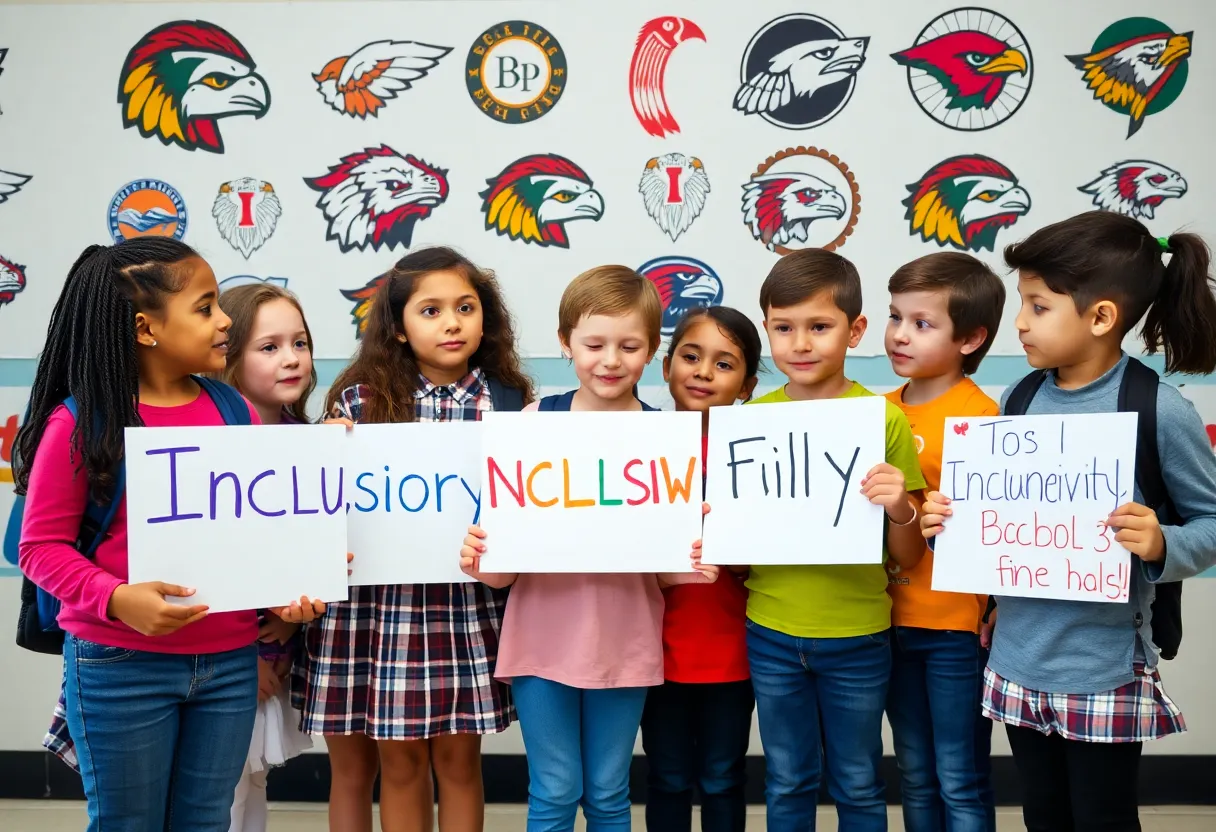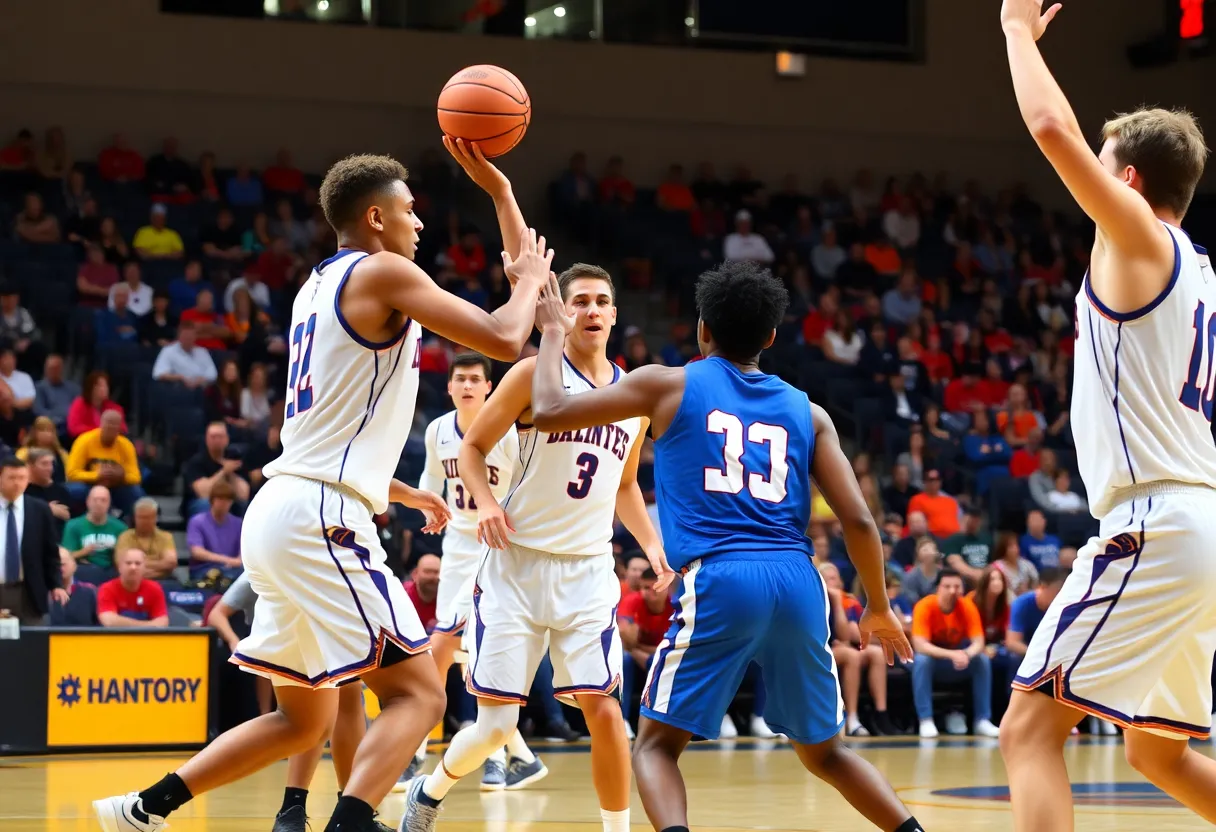News Summary
Democratic Representative Chris Rabb has introduced two bills in Pennsylvania aimed at prohibiting Native American imagery as mascots in public schools. The legislation seeks to eliminate offensive imagery and provide grants to assist schools in transitioning to more inclusive symbols. Rabb cites the detrimental impact of such mascots on Native youth and calls for a cultural reckoning, similar to changes made by major NFL teams. The proposed bills address concerns about mental health for both Native and non-Native students while navigating community divisions on mascot usage.
Philadelphia, PA – Democratic state Representative Chris Rabb has introduced two significant bills aimed at prohibiting the use of Native American imagery as mascots in public schools across Pennsylvania. The proposed legislation seeks to ban the employment of Native American mascots, while also providing grants to assist schools with the rebranding process, thus allowing them to transition to more inclusive symbols.
Rabb emphasizes that if major NFL teams, including the Washington Commanders and the Cleveland Guardians, can alter their mascots to eliminate offensive imagery, Pennsylvania schools should similarly take action. The lawmaker’s motivations are bolstered by advocacy studies that reveal the detrimental impact of Native American mascots on Native youth, who are already facing a higher risk of suicide compared to their non-Native peers. This legislation comes amidst ongoing conversations about cultural sensitivity and the need to address systemic issues affecting Indigenous communities.
Current statistics indicate that American Indians experience violence at elevated rates from individuals of different races, with continued usage of Native American mascots linked to psychological harm for Indigenous populations. Alerts have also been raised regarding the adverse impacts of these mascots on both Native students, potentially affecting their mental health, and non-Native students, wherein stereotypes are promoted.
In the Susquehanna Valley, several schools, including Susquehanna Township, Donegal, and Juniata, are still using “Indians” as their mascot. While Rabb acknowledges the historical attachment some communities might have to these mascots, he emphasizes the urgent need for change to combat dehumanizing stereotypes that could perpetuate negative connotations.
If the legislation is passed, enforcement would entail preventing non-compliant schools from participating in interscholastic competitions governed by the Pennsylvania Interscholastic Athletic Association (PIAA). The bills have garnered co-sponsors, and Rabb is actively collaborating with House leadership to advance these measures as part of a broader initiative against harmful stereotypes affecting all ethnic groups.
Despite previously unsuccessful attempts to pass similar legislation, Rabb remains determined to drive this initiative forward. Highlighting the cultural reckoning prompted by the death of George Floyd in 2020, communities across the state have increasingly considered the implications of their mascots. IUP, for example, changed its mascot from “Indians” to “Crimson Hawks” in 2006 after facing restrictions imposed by the NCAA.
Rebranding costs for schools changing their mascots can range from $5,000 to $100,000, presenting a financial challenge for many districts. Moreover, the Southern York County school district retired its “Warriors” logo depicting a Native American due in part to a student-led movement in 2020, only to reinstate it in January 2024 following a shift in board election results. This decision has raised concerns among Native communities about potential regression in addressing offensive imagery and stereotypes.
Ongoing discussions reveal a division among community members, with some advocating for the retention of these mascots as symbols of heritage, while others argue for their retirement in the interest of respect for Native students and communities. There are even instances where some schools have established agreements with local tribes to utilize their names and imagery, showcasing the complexity surrounding this issue.
As the proposed legislation moves forward, the National Congress of American Indians continues to monitor the usage of Native mascots nationwide. Numerous studies substantiate the argument that such mascots are harmful and trivialize the rich history and culture of Indigenous peoples. Advocates for the ban hold firm that the shift away from derogatory mascots is necessary to honor the dignity of Native communities and protect the well-being of future generations of students.
Deeper Dive: News & Info About This Topic
HERE Resources
Additional Resources
Author: STAFF HERE PHILADELPHIA WRITER
The PHILADELPHIA STAFF WRITER represents the experienced team at HEREPhiladelphia.com, your go-to source for actionable local news and information in Philadelphia, Philadelphia County, and beyond. Specializing in "news you can use," we cover essential topics like product reviews for personal and business needs, local business directories, politics, real estate trends, neighborhood insights, and state news affecting the area—with deep expertise drawn from years of dedicated reporting and strong community input, including local press releases and business updates. We deliver top reporting on high-value events such as Mummers Parade, Philadelphia Flower Show, and Thanksgiving Day Parade. Our coverage extends to key organizations like the Greater Philadelphia Chamber of Commerce and United Way of Greater Philadelphia, plus leading businesses in telecommunications, food services, and healthcare that power the local economy such as Comcast, Aramark, and Children's Hospital of Philadelphia. As part of the broader HERE network, we provide comprehensive, credible insights into Pennsylvania's dynamic landscape.





